
Modernization
Learn more about government’s intention to modernize the museum to protect our historic holdings and provide better access to our collections.
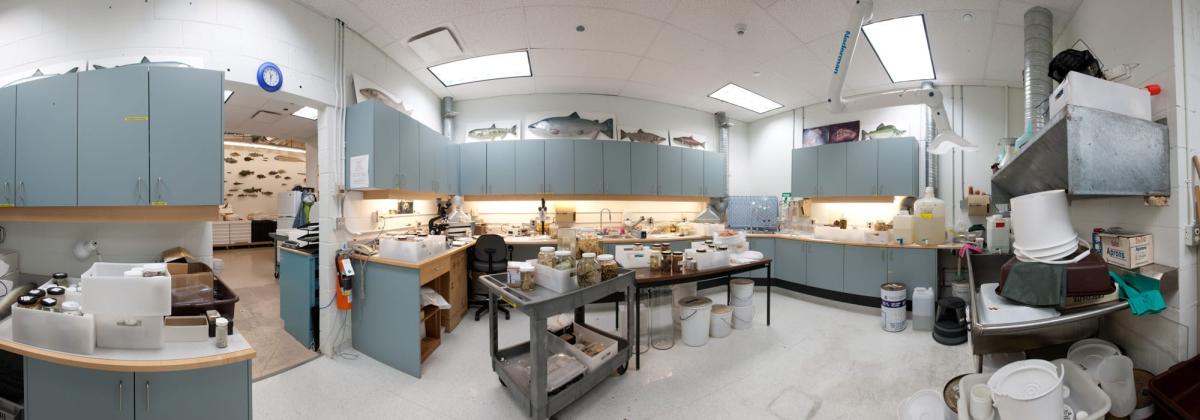
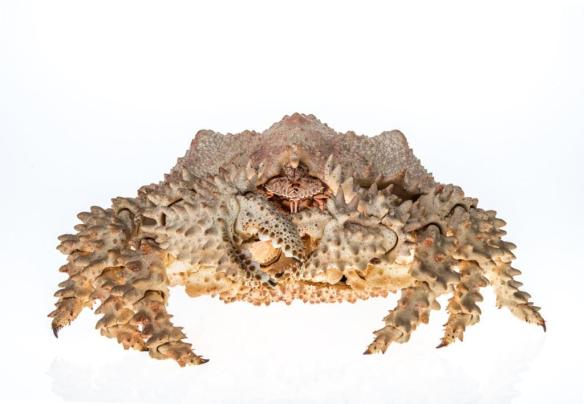
The invertebrate collection is composed entirely of animals that lack a backbone. Prominent invertebrate groups include corals, anemones and jellyfish; sponges; worms; snails, clams and octopuses; crabs and shrimp; sea stars and urchins; sea squirts; and a wide variety of microscopic animals. While the invertebrate collection spans a variety of taxonomic groups (including representatives from more than 20 phyla and 700 families), it does not include insects, arachnids, centipedes or millipedes, which are housed separately in the entomology collection.
Overall, the collection holds more than 60,000 specimen lots. A lot may contain a single specimen, or it may consist of multiple individuals from a single sampling event. The collection also houses over 250 type specimens that have been referenced in original species descriptions. The majority of the collection contains invertebrates collected from marine, freshwater and terrestrial ecosystems of British Columbia and adjacent regions. A relatively small fraction of the collection represents material obtained from other parts of the world.
Together, these specimens represent over 125 years of active collecting carried out by researchers and the general public. The earliest collected specimens date to the late 1800s, and were collected largely by Dr. Charles Newcombe, one of British Columbia’s most notable natural historians. Today the collection continues to grow through donations, targeted sampling and research.
Each year, the invertebrate collection is visited by researchers, students and the general public. We regularly host visiting scientists to facilitate taxonomic and biogeographic studies, and we frequently loan collection material to other institutions. We also provide guided tours of the collection to biology classes and members of the general public by scheduled appointment.
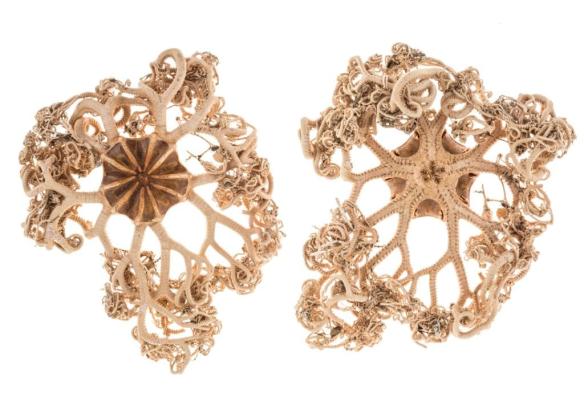
Taxonomically, the invertebrate collection is relatively diverse, although certain groups are better represented than others. Taxonomic strengths of the collection include molluscs (chitons, clams, snails, octopods and squid), arthropods (crabs, shrimps and micro-crustaceans), annelids (worms), and echinoderms (sea stars, brittle stars, sea urchins and sea cucumbers). Together, these groups make up more than 90% of the collection. Other less-dominant groups (e.g., sponges, cnidarians and tunicates) are also relatively well represented, considering the number of species in BC. In addition to individual taxa, the collection houses a large number of faunal assemblages from planktonic and benthic ecosystems. Although much of this latter material remains unsorted, these collections serve as important historical baselines for future comparative studies.
The collection is renowned for its representation of invertebrates from British Columbia and adjacent regions. Within the province, geographical strengths include southern areas of the mainland, Vancouver Island, and Haida Gwaii (formerly the Queen Charlotte Islands). Marine environments, particularly coastal habitats, are also well represented. Indeed, the collection contains a rich and diverse assortment of marine fauna, which reflects the biological diversity found within marine ecosystems, coupled with the fact that British Columbia is the only province in Canada that borders the Pacific Ocean.
Physically, the collection is well protected, and is continually maintained to minimize risks of deterioration and damage. The majority of the collection is housed in secure shelving units and containers. Fluid-preserved specimens are kept in containers with sealing lids that reduce fluid evaporation, while most dried specimens are stored in airtight boxes to maintain a stable microclimate. A relatively new and actively growing tissue collection is housed in ultra-low temperature freezers.
Overall, the collection is well organized, and with the development of an extensive database, the majority of specimens and associated data fields now can be efficiently queried and traced. A unique catalogue number and assigned taxon code has been entered into the database for each catalogued lot, making it easy to relocate any specimen within the collection. In addition, taxonomic and collection event data (e.g., collection date, geographic locality and ecological information) have been entered for the majority of specimens.
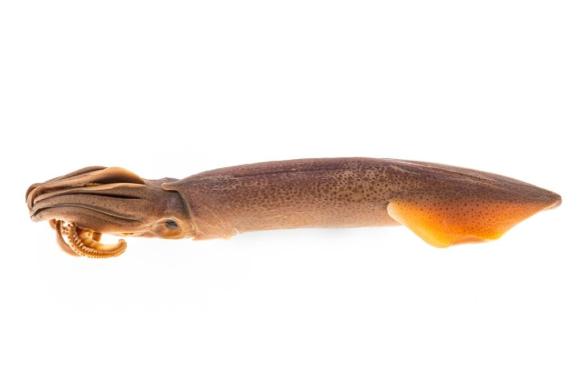
In spite of the breadth and significance of the collection, there are still opportunities for growth and improvement. Many of the taxonomic gaps in the collection represent poorly known groups that are often cryptic in nature, difficult to collect or preserve or a challenge to identify (even for specialists). Most noticeably, the collection is entirely deficient in several groups of micro-invertebrates, for example Tardigrada (water bears) and Rotifera (rotifers). Certain groups, such as nematode worms and many parasitic taxa, are also underrepresented despite high levels of diversity and presumed ubiquity throughout the province.
Attaining uniform geographical and ecological coverage throughout the province also remains a challenge. Specimens from northern and central areas of British Columbia, including the coast and the interior, are underrepresented within the collection. Relative to marine intertidal and subtidal fauna, specimens from deep-sea environments are weakly represented, although this is improving through partnerships with external institutions. Freshwater and terrestrial systems also have not been sampled as extensively; with the exception of gastropods and bivalves, some invertebrate groups found within these habitats are underrepresented within the collection.
Similar to most natural history collections, the invertebrate collection would benefit from further taxonomic study. Although the majority of specimens have been identified to genus or species level, a small fraction of the collection (<10%) remains unidentified at any taxonomic level. Renewed activity within the collection is expected to remedy many of these issues, but this will require years of steady work by museum staff, research associates, visiting scientists, students and volunteers.
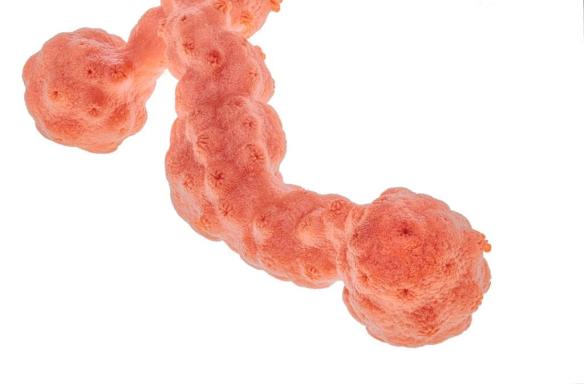
The invertebrate collection has grown steadily in recent years, largely through donations and targeted sampling. Approximately 1,000–5,000 lots of new material are accessioned into the collection each year. In addition to our own field sampling and collection activities, we collaborate with a variety of partners including government agencies, academic institutions and the general public, whose valuable donations help us reach our annual collection targets.
Our primary objective is to develop a collection that represents the natural history of invertebrates in British Columbia and adjacent regions. Through new acquisitions, we aim to fill existing taxonomic, geographical, and ecological gaps within the collection. Increased sampling of deep-sea, freshwater and terrestrial habitats is expected to fill gaps in underrepresented taxonomic groups. Collections from remote areas in northern and central British Columbia are considered high priority.
In addition to the research conducted by the curatorial and management staff, the collection is further improved by the taxonomic work of several knowledgeable research associates and visiting researchers, who regularly donate material and assist with identifications. A committed group of volunteers also help with collection processing and management.
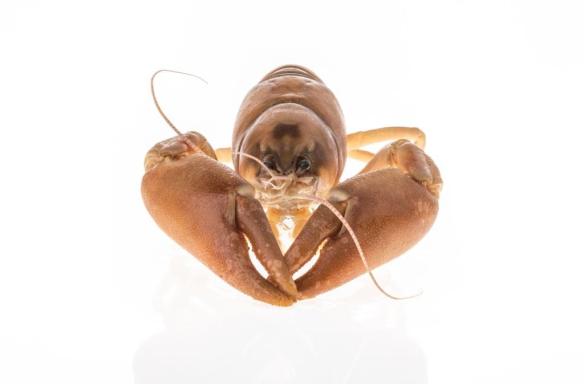
To some extent, collection growth is driven by research activities carried out by the curatorial staff. Specimens collected for research purposes are usually deposited into the collection, provided that the material is in good condition and helps fill a certain collection gap. In future years, ongoing taxonomic and biogeographical studies are expected to yield additional specimens, including newly-reported non-native species, tissue samples, and taxa from remote regions of British Columbia.
The collection continues to grow via regular donations, stemming mostly from researchers or institutions but also from private collections. Priority goes to specimens that add value to the collection, for example by filling existing taxonomic, historical, geographical or ecological gaps. In most cases, accepted specimens originate from British Columbia or adjacent regions and come with precise collection event data (date, location, collector, etc.). Donations might be rejected if specimens are in poor physical condition, represent taxa already in the collection, come with little data or have been obtained from regions outside the geographical scope of the collection. Acquisitions are at the discretion of the curator, with input from the collection manager, the conservation manager and the collections committee.
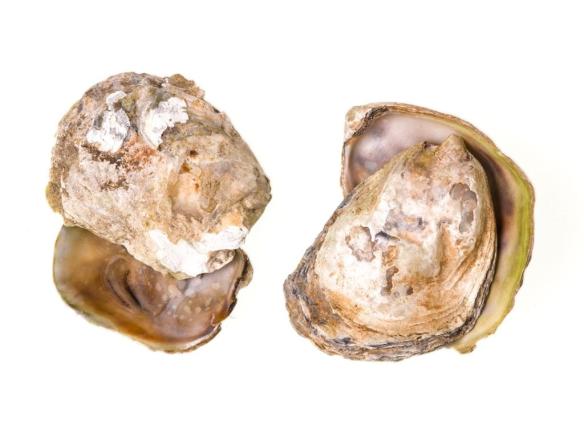
Researchers are welcome to examine the collections by contacting the appropriate curator and making arrangements with the collections manager. Please give as much notice as possible. You may contact museum staff by email, letter or phone. We will want to know the expected dates of your visit, the specimens you want to examine and your equipment needs (e.g., a microscope). Collection access is between 9:00 am and 4:30 pm, Monday to Friday, unless otherwise arranged with the curator or collection manager. Requests for loans of specimens must go through the collection manager.

